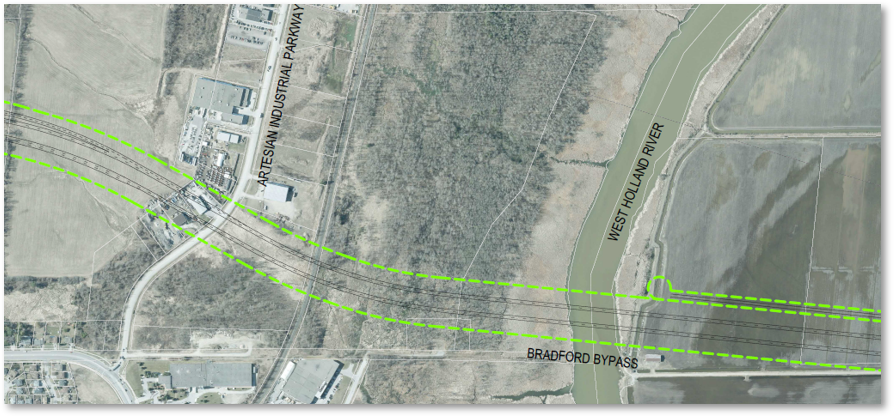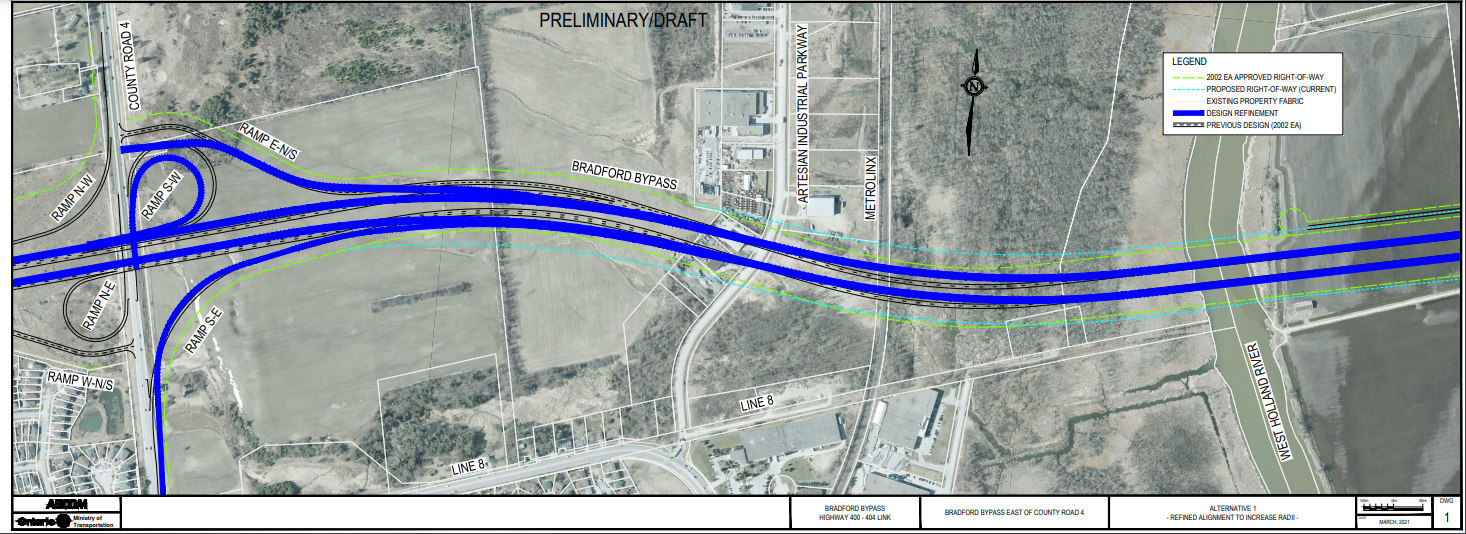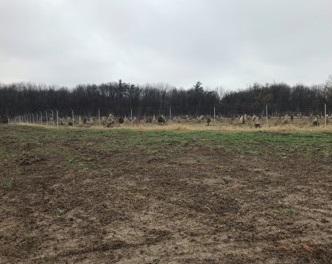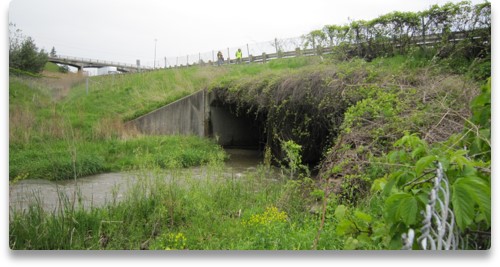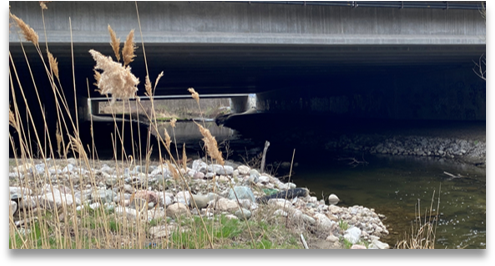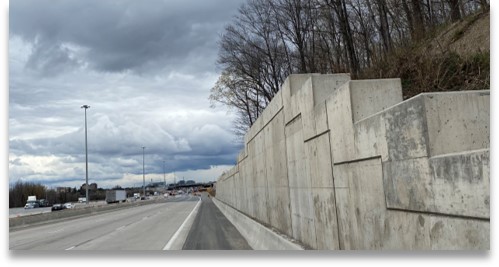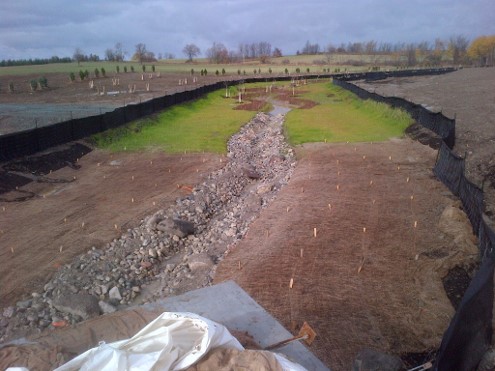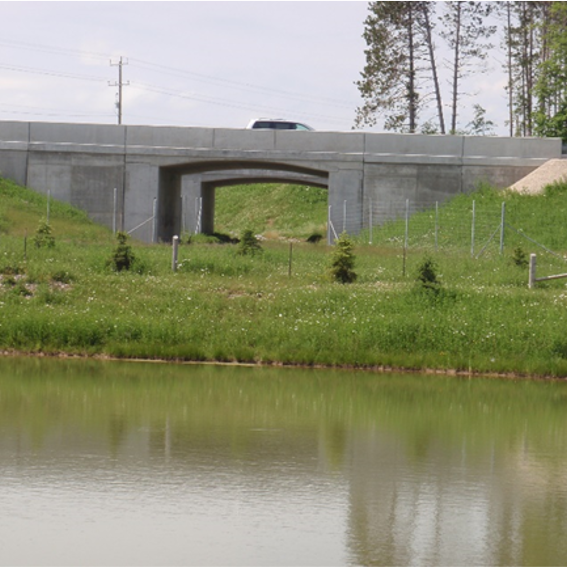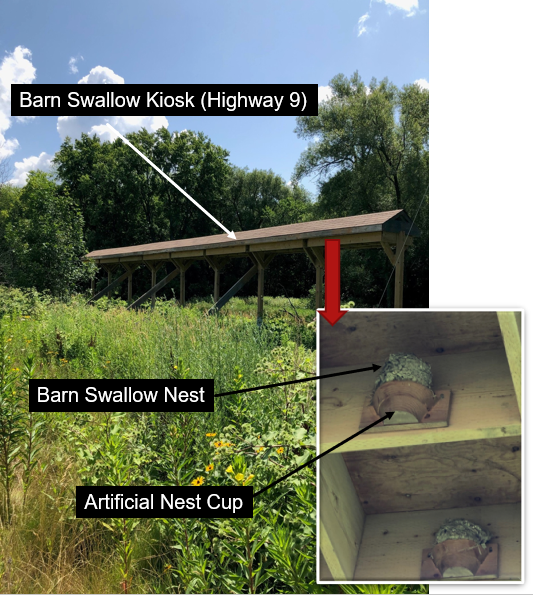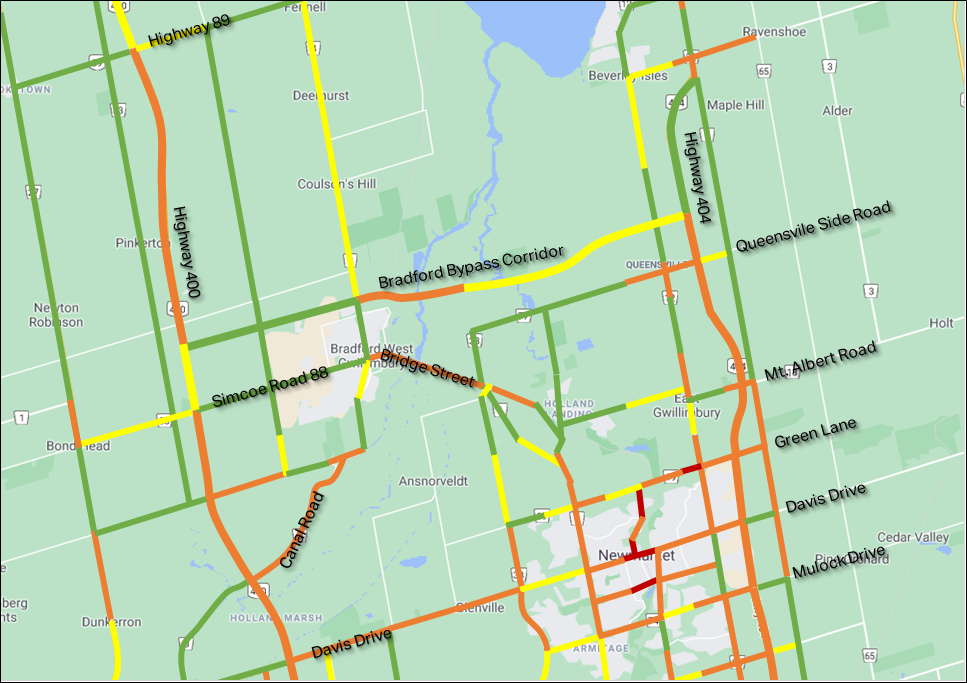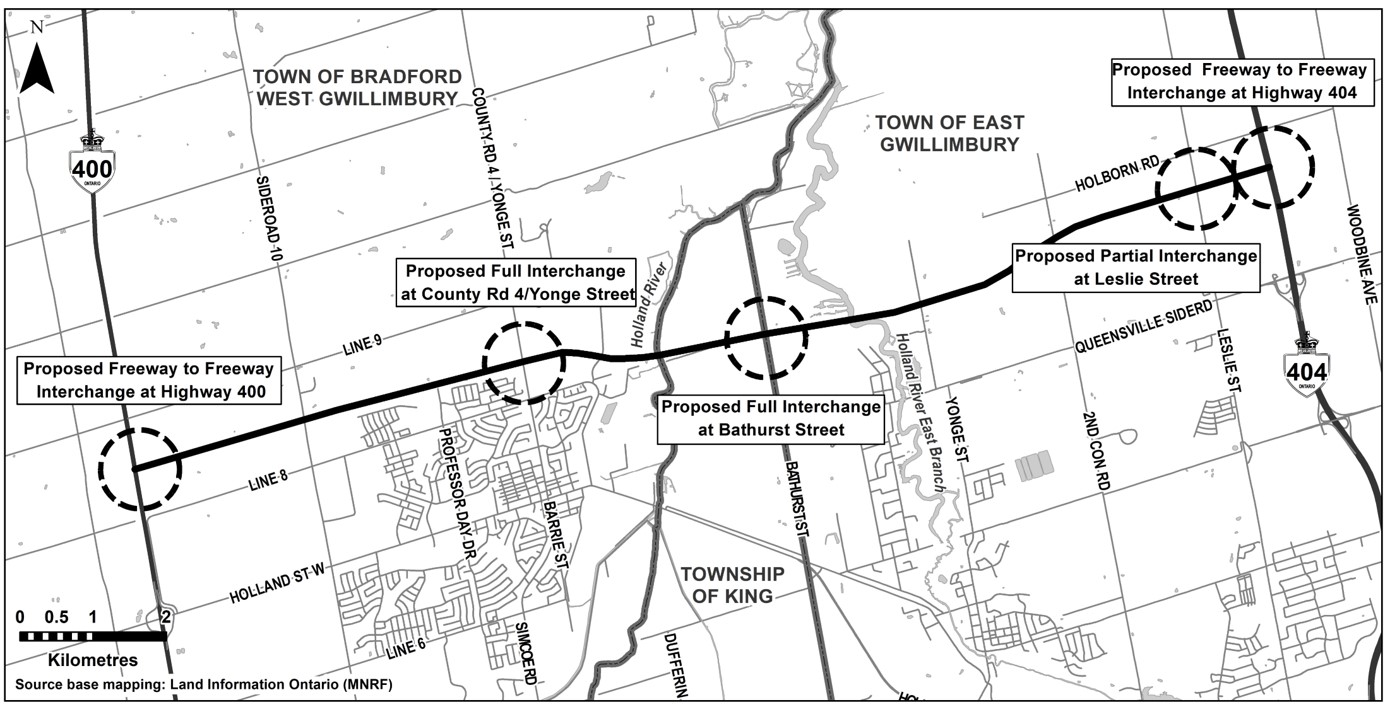How Did We Get Here?
1992-1997 – Route Planning and Environmental Assessment Study
Between 1992 and 1997, the Ministry undertook a Route Planning and EA Study per the Environmental Assessment Act, RSO 1990. In December 1997, an EA Report was submitted documenting the EA process for the route selection, right-of-way (ROW) designation and future commitments for the Highway 400-Highway 404 Link. A Notice of Approval to proceed with the undertaking was issued by the Minister of Environment and Energy on August 28, 2002. Carried forward as the 2002 Approved EA Alignment and received legal designation as a Controlled Access Highway in May 2004.
Significant population growth is projected for both Simcoe County and the Regional Municipality of York. The Bradford Bypass has been proposed as a response to this dramatic growth in population and travel demand in the area, including the forecasted increase in congestion on key east-west roadways linking Highway 400 to Highway 404. The proposed location for the Bradford Bypass was also identified in Places to Grow: Growth Plan for the Greater Golden Horseshoe (2019).
2019-Present – Technical Updates and Preliminary Design and Environmental Assessment Study
In August 2019, the MTO approved the re-initiation of design activities for the Bradford Bypass.
2019-2020 – Complete Engineering Design and Environmental technical updates (desktop secondary source review) to the project in recognition of the changes to design standards and environmental legislation relative to those applicable during the Route Planning and EA Study.
2020-present – Undertake the Preliminary Design and Environmental Assessment Study following the approved planning process for a Group ‘A’ project under the MTO Class EA for Provincial Transportation Facilities.

